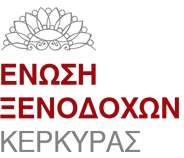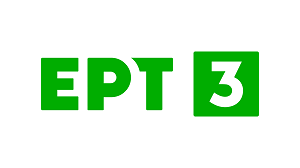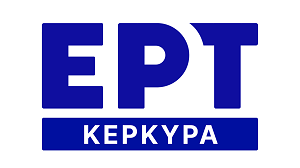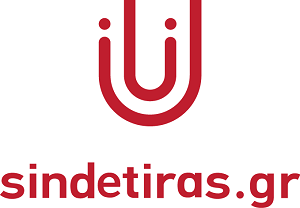There are several theories on spectator’s position and many of them connected with cinematic psychoanalysis and beholder’s interpretation of an artwork. Considering the spectators as an essential presence to an artwork we should retrace their position through art history to understand how it has been evolved from spectator to participator and what are the impacts of new media in this relationship.
The role of new media in spectators’ position is a subject that has been analyzed by many theorist but it keeps being interesting as new creative forms that offers new aspects on spectator’s perspective. The purpose of this study was to present both an overall flashback on the subject and a fresh idea on where spectators stand at the moment passing from the real to virtual world.
Symbolic, real and imaginary steams from Freud’s theories and have been reintroduced from Lacan are crucial meanings to understand how spectator’s position work. To begin with, symbolic is the meaning given to a thing. The story created around the symbolism is the imaginary. Real is what the subject interprets. All these meanings coexist and sometimes something that may belong to imaginary can get confused as something real. The subject’s eye will characterize a situation through their personal perspective and through imaginary. In modern art spectators are called to cover an elliptical narration through imaginary. The human brain invokes memories and experiences in order to interpret the artwork.
Lacan’s Mirror stage theory has revealed the way that spectators identify their self on cinematic screen. On the other hand, new art forms shown different ways that someone can be part of an artwork. Specifically, when someone is looking in a computer’s screen and not in a cinematic one, Lacan’s “Mirror Stage” tends to disappear. Computer’s screen is just the interface, and the spectator never imagines passing through it as they used to in cinema. There is a shift from scene and cinema’s imaginary to computer’s imaginary. The distance between spectator and the scene is not something that exists anymore. The beholder’s eye has been wandering around screen and now uses different body sensors such as touch. The image that now the user sees is a potential image, thus it becomes impassable to spectator. The computer screen is to close, and it loses its dramatic tense but at the same time it is too far to create an artifice. Furthermore, this relationship creates a new dimension beyond human and it is called the telematic human. In this interactive relationship machine does whatever humans wants and humans do whatever machines are programmed to do. (Baudrillard, 2019, pp. 65-74) At this point there is a shift in spectator’s position and how they interpret themselves via screen creating a whole new relationship.
This is a limited interaction relationship that can either disappear meaning such as freedom, gender, religion or change them as they enter into a new world , the telematic one.
This was an artistic and qualitive research on spectator’s position. The sources that has been collected are both from artworks with a significant role of the spectator and theories that begins from how we interpret ourselves as infants, how do we identify in cinematic screen and finally what is spectator’s presence in new media. Some indicative sources are Lev Manovich - On totalitarian Interactivity, Jean Baudrillard-The Transparency of Evil, Villem Flusser -Into the Universe of Technical Images, Roy Ascott - Telematic Embrace. The sources has been placed in a historical flashback and compared to artworks and how spectator’s position actively change through them.
Spectator’s position has been on surface of contemporary. Spectators became participators and they are an indivisible part of the artwork. Media can transform this relationship and make the spectator an active part of it. Through the interaction with the machine there are many ideas that their value almost disappear and the participator can exist free from meanings such as death, freedom and religion.
Back
SPONSORS
 Agora Restaurant Grill House
Agora Restaurant Grill House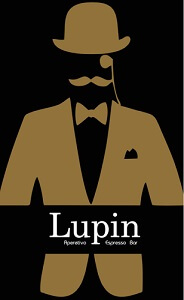 Lupin Aperitivo Espresso Bar
Lupin Aperitivo Espresso Bar











